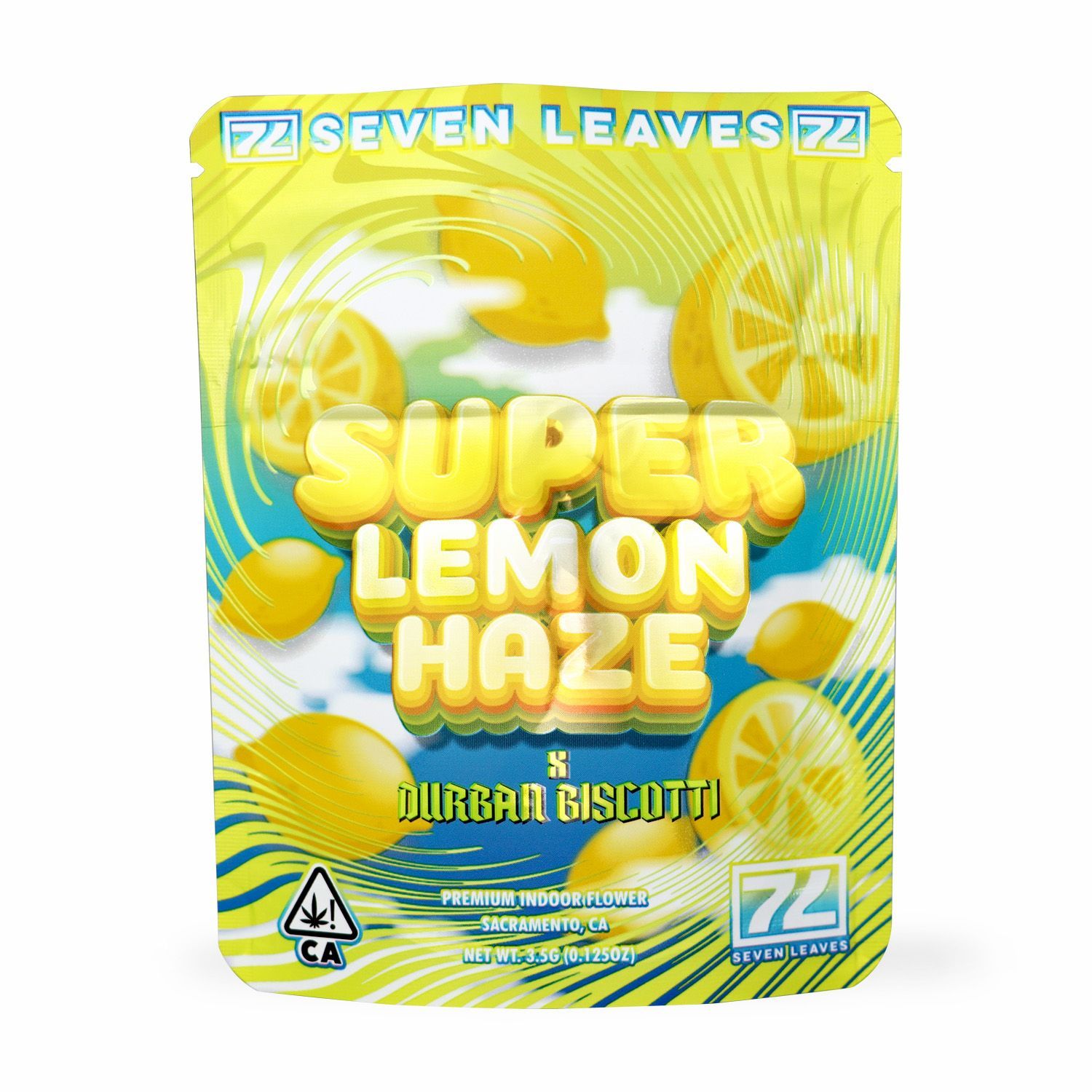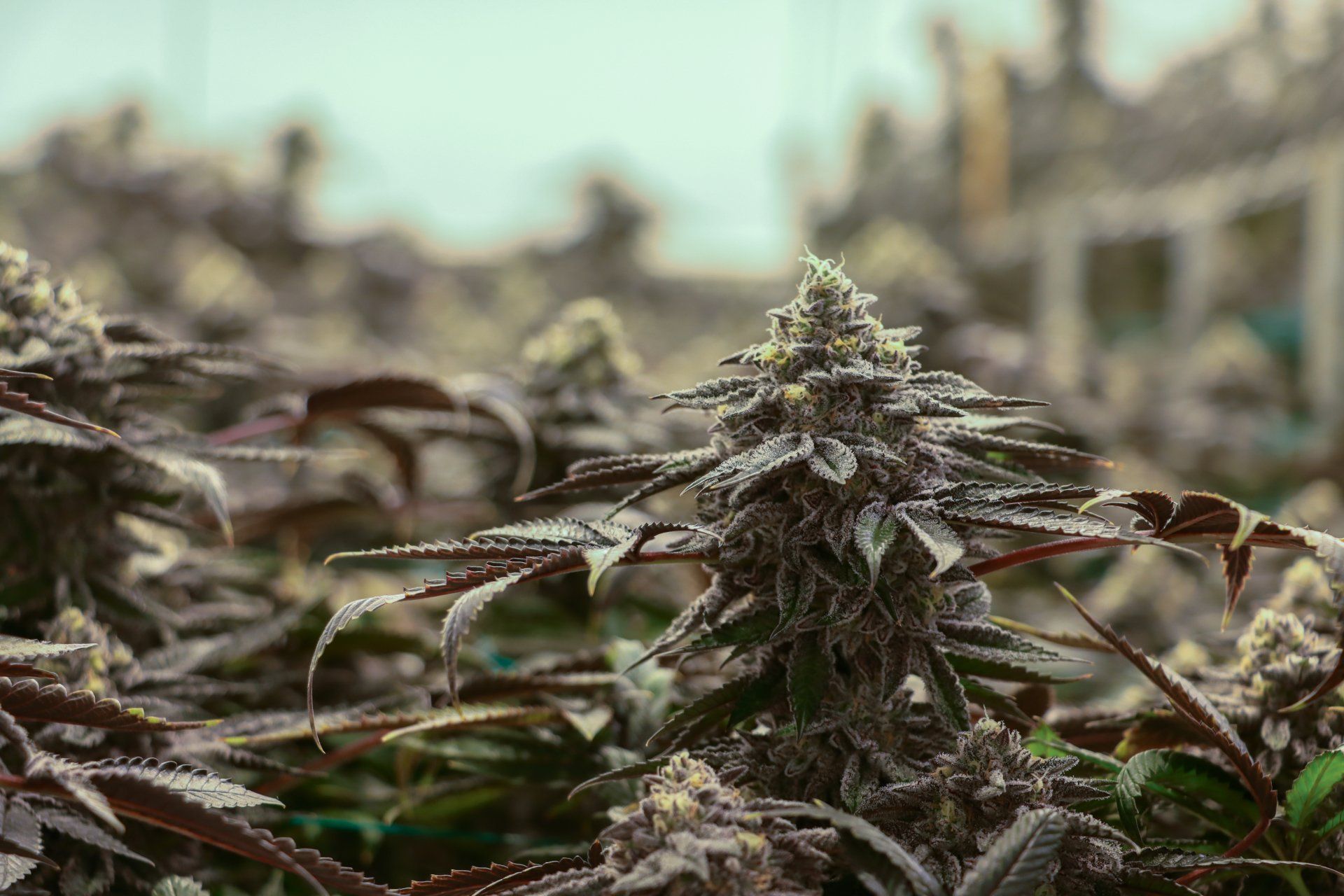For a cannabis plant to go from seed to flower, a lot of care and attention is needed. Providing the right nutrients, at the right time, is an essential part of ensuring a healthy and bountiful harvest. As the cannabis plant transitions from the vegetative to the flowering stage, its nutritional needs change dramatically. This is where a proper understanding of Nitrogen (N), Phosphorus (P), and Potassium (K), often referred to as "potash," becomes crucial.
The Role of N-P-K in the Flowering Stage
While all three macronutrients are vital throughout a cannabis plant's life, their ratios shift significantly during flowering.
Nitrogen (N): In the vegetative stage, nitrogen is the primary driver for lush, green growth. However, in the flowering stage, high levels of nitrogen can actually hinder bud development. While still necessary, it should be significantly reduced. Too much nitrogen can lead to leafy, airy buds and can even delay flowering. Too little nitrogen can cause yellowing leaves and stunted growth. The plant still needs some nitrogen to produce chlorophyll and support basic metabolic functions, but the focus shifts away from vegetative growth.
Phosphorus (P): Phosphorus is the unsung hero of the flowering stage. It plays a critical role in the formation of flowers, the development of essential oils, and the transfer of energy throughout the plant. Adequate phosphorus is crucial for dense, resinous buds and a strong root system. Deficiencies can lead to small, undeveloped flowers and dark, almost purple leaves.
Potassium (K) / Potash: Potassium, or potash, is essential for overall plant health and vigor. During flowering, it helps with water regulation, nutrient transport, and enzyme activation. It also contributes to the strength of cell walls, making the plant more resistant to stress and disease. Furthermore, potassium plays a role in the production of terpenes and cannabinoids, directly impacting the potency and aroma of your harvest. Deficiencies can manifest as yellowing or browning leaf tips and edges, and a general lack of vitality.
Understanding EC and pH
Beyond the NPK ratios, two other critical factors for nutrient delivery are Electrical Conductivity (EC) and pH.
Electrical Conductivity (EC): EC measures the total concentration of dissolved salts in your nutrient solution. It's an indicator of how much "food" your plants are getting. During the flowering stage, the EC levels generally need to be higher than in the vegetative stage to support the energy-intensive process of bud production. However, it's a delicate balance; too high an EC can lead to nutrient burn, while too low can result in deficiencies.
pH: pH measures the acidity or alkalinity of your nutrient solution. Cannabis plants thrive within a specific pH range, which allows them to efficiently absorb nutrients. For hydroponic or soilless setups, the ideal pH range for flowering cannabis is typically between 5.8 and 6.2. In soil, it's slightly higher, between 6.0 and 7.0. If the pH is outside this range, nutrients can become "locked out," meaning the plant cannot absorb them even if they are present in the solution.
Vapor Pressure Deficit (VPD)
Vapor Pressure Deficit (VPD) is an often-overlooked but incredibly important environmental factor that impacts a plant's ability to transpire and absorb nutrients. VPD is the difference between the amount of moisture currently in the air and how much moisture the air can hold when it's saturated.
Maintaining the correct VPD ensures your plants are transpiring efficiently. During the flowering stage, a slightly higher VPD is often desirable as it encourages the plant to "drink" more, thus absorbing more nutrients and water, which can lead to larger, healthier buds.
Here's a general VPD chart to guide you:
| Leaf Temperature (°F) | 70% RH | 60% RH | 50% RH | 40% RH |
|---|---|---|---|---|
| 70 | 0.44 | 0.72 | 1.00 | 1.28 |
| 75 | 0.58 | 0.95 | 1.32 | 1.69 |
| 80 | 0.77 | 1.26 | 1.76 | 2.25 |
| 85 | 1.02 | 1.68 | 2.34 | 3.00 |
For the flowering stage, aim for a VPD in the range of 0.8 kPa to 1.2 kPa, depending on the specific week of flowering and the cultivar. A happy medium generally promotes optimal transpiration without overstressing the plant.




